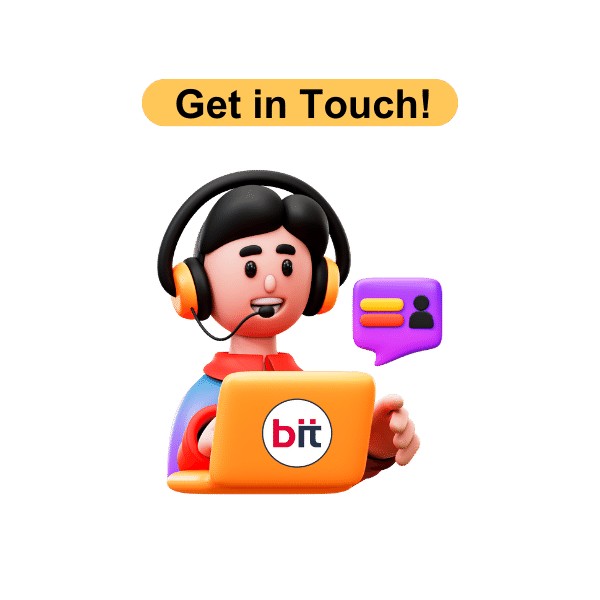The scope of web design in India
is expansive and continually growing, driven by the rapid digital
transformation across various sectors. With the increasing penetration of the
internet and mobile devices, there is a significant demand for well-designed websites
and web applications, both from businesses and individual entrepreneurs. Here
are several key aspects highlighting the scope of web design in India:
- Growing Digital Economy: India's digital economy is booming, with initiatives like Digital India pushing for greater online presence of businesses. This increases the demand for skilled web designers who can create engaging and functional websites.
- E-commerce Boom: The rise of e-commerce platforms such as Amazon, Flipkart, and various niche online stores has led to a surge in demand for web design professionals. E-commerce companies require user-friendly and visually appealing websites to attract and retain customers.
- Startups and SMEs: India’s vibrant startup ecosystem, along with the proliferation of small and medium-sized enterprises (SMEs), offers numerous opportunities for web designers. Startups, in particular, require strong online identities to compete and grow, making web design a crucial service.
- Freelancing Opportunities: The global gig economy has opened up freelancing opportunities for Indian web designers. Platforms like Upwork, Freelancer, and Fiverr allow designers to find work from international clients, enhancing their earning potential and exposure to diverse projects.
- Education and Training: There is a growing number of educational institutions and online platforms offering courses in web design and development, creating a steady pipeline of skilled professionals. Continuous learning opportunities through these platforms help designers keep up with the latest trends and technologies.
- Government and Public Sector: The Indian government is increasingly focusing on improving its online services and digital interfaces, necessitating professional web design services. From government portals to digital services for citizens, web designers are playing a critical role in enhancing digital governance.
- Technological Advancements: Emerging technologies like AI, AR/VR, and responsive design are reshaping web design. Indian web designers who stay updated with these technologies are in high demand, as businesses look to implement innovative solutions to improve user experience.
- Global Market Access: With proficiency in English and a strong technical skill set, Indian web designers are well-positioned to tap into the global market. Outsourcing to India is a common practice due to the high quality of work at competitive prices.
Overall, the web design industry
in India offers promising career prospects and growth opportunities. As digital
adoption continues to rise, the demand for creative and skilled web







 4.8 (21,636) reviews
4.8 (21,636) reviews
 HTML5
HTML5
 CSS3
CSS3
 TAILWIND CSS
TAILWIND CSS
 JAVASCRIPT
JAVASCRIPT
 BOOTSTRAP
BOOTSTRAP
 ANGULAR JS
ANGULAR JS
 REACT JS
REACT JS
 VUE JS
VUE JS
 JQUERY
JQUERY







































 Read more
Read more 
